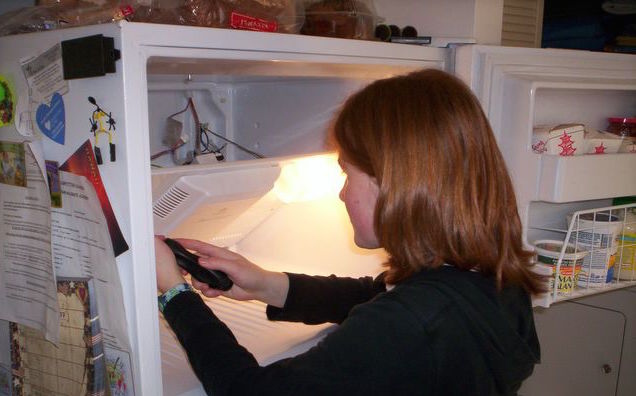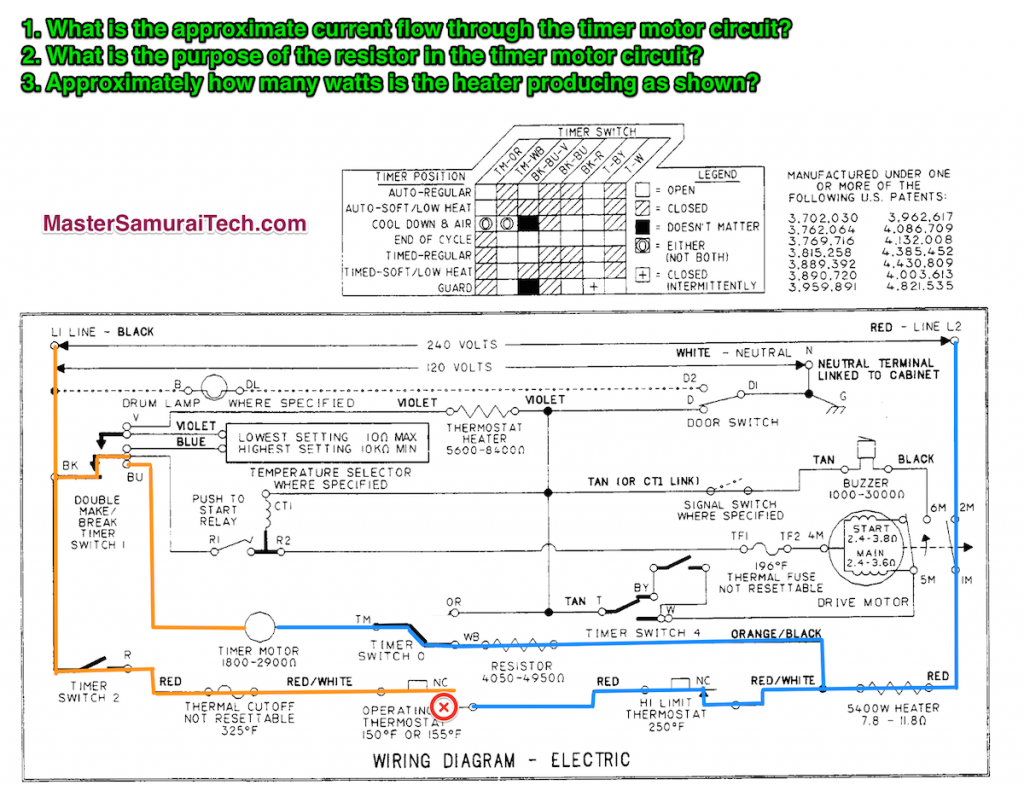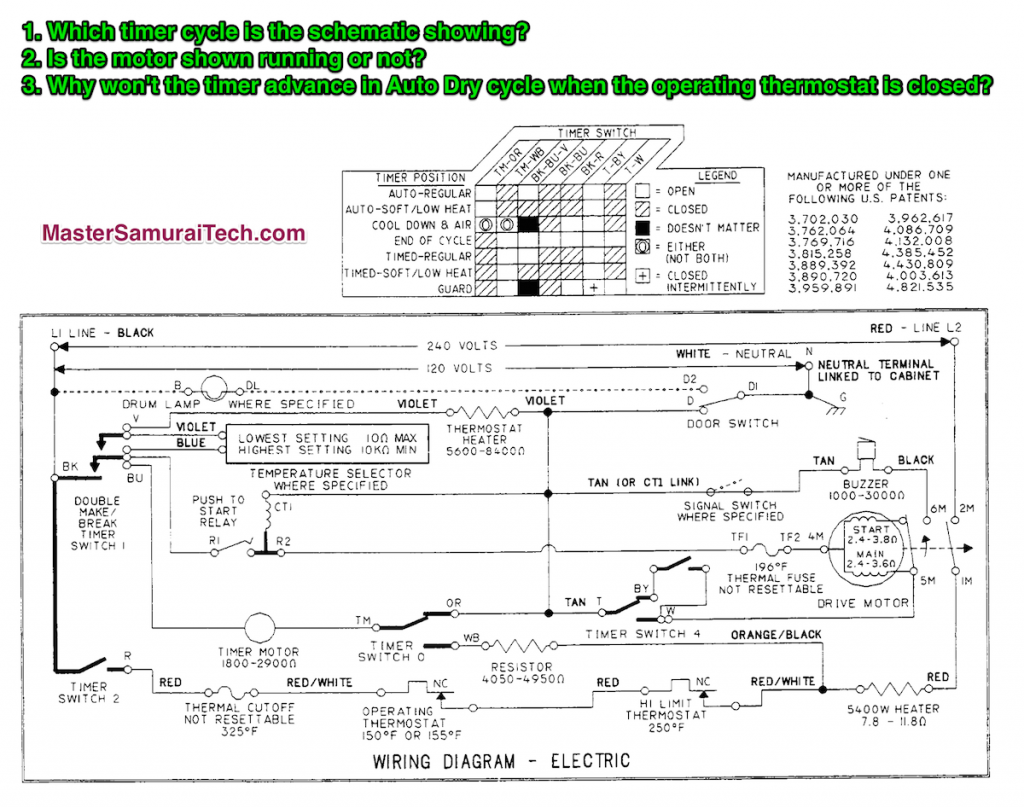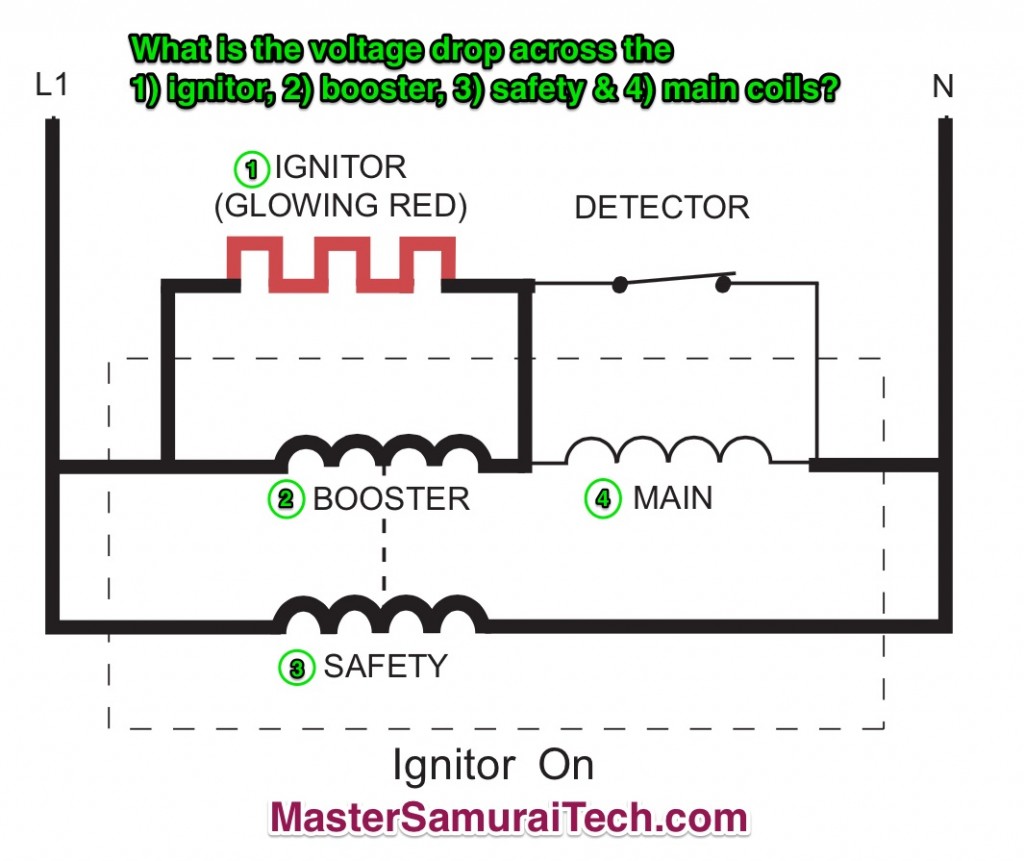
Let’s face it: appliance repairs are expensive due to the real costs of running a full-time, professional appliance repair business. That’s why so many folks are trying to save time and money by learning how to fix their own appliances. And how ’bout the supreme satisfaction that comes from kicking major appliance boot-ay? BOOYAH!
Appliantology.org is a powerful repair resource for DIYers. You’ve got professional appliance techs giving you personal help. But all too often, that help comes to a screeching halt when you gotta have basic electrical troubleshooting skills to finish the job, such as reading schematic diagrams and understanding the technology that you’re working on.
DIYers are a diverse group but, in my decades working with them online, I see that most DIYers share two characteristics: they have above average to great mechanical skills, but are weak on electrical skills.
With today’s increasingly computerized appliances, unless you have a minimum baseline of electrical troubleshooting skills, you’re just going to be flailing about blindly in a sea of technical symbols and words for all but the simplest repairs. Any electrical explanations or instructions offered to you will just sound like Chinese. You can see the problem here.
What’s a bruthah from anothah muthah to do?
Samurai to the rescue! The electrical and troubleshooting skills you need are very learnable and affordable at the Samurai Tech Academy.
The Fundamentals of Appliance Repair course would be an awesome boost to your ability to repair all kinds of things around the house. Basic electricity, electronics, gas, electric motor systems, and troubleshooting with schematics are all timeless skills with broad application that will give you valuable insight into the inner workings of numerous electro-mechanical systems in your home.
You can acquire these skills inexpensively and conveniently in our up-to-date, comprehensive, online Fundamentals of Appliance Repair training course. The course tuition will pay for itself after just one or two DIY repairs!
It’s an investment in the most valuable asset you have: YOU!
Other methods of technical training available today are DVD packages, in-person training, and correspondence courses. See how online learning compares with these other training methods.
Dance with me now:
- Modern appliances are complicated electro-mechanical machines that are increasingly using single-board computers to control them.
- Tech help at Appliantology.org can only take you so far if you don’t understand the underlying technology you’re dealing with and you can’t use schematics to troubleshoot and make basic electrical measurements.
- The Fundamentals of Appliance Repair course teaches you all of the basics you need to ascend to a higher level of DIY ability.
- The skills you learn in the course are timeless and have broad application.
- You could even earn extra beer money on the side while you keep your regular job.
- Better yet, do appliance repair full-time and earn up to $120K/year as a skilled appliance tech!
- Complete the Free Sample Course to get a foretaste of the empowering wisdom that awaits you along with a discount coupon!




